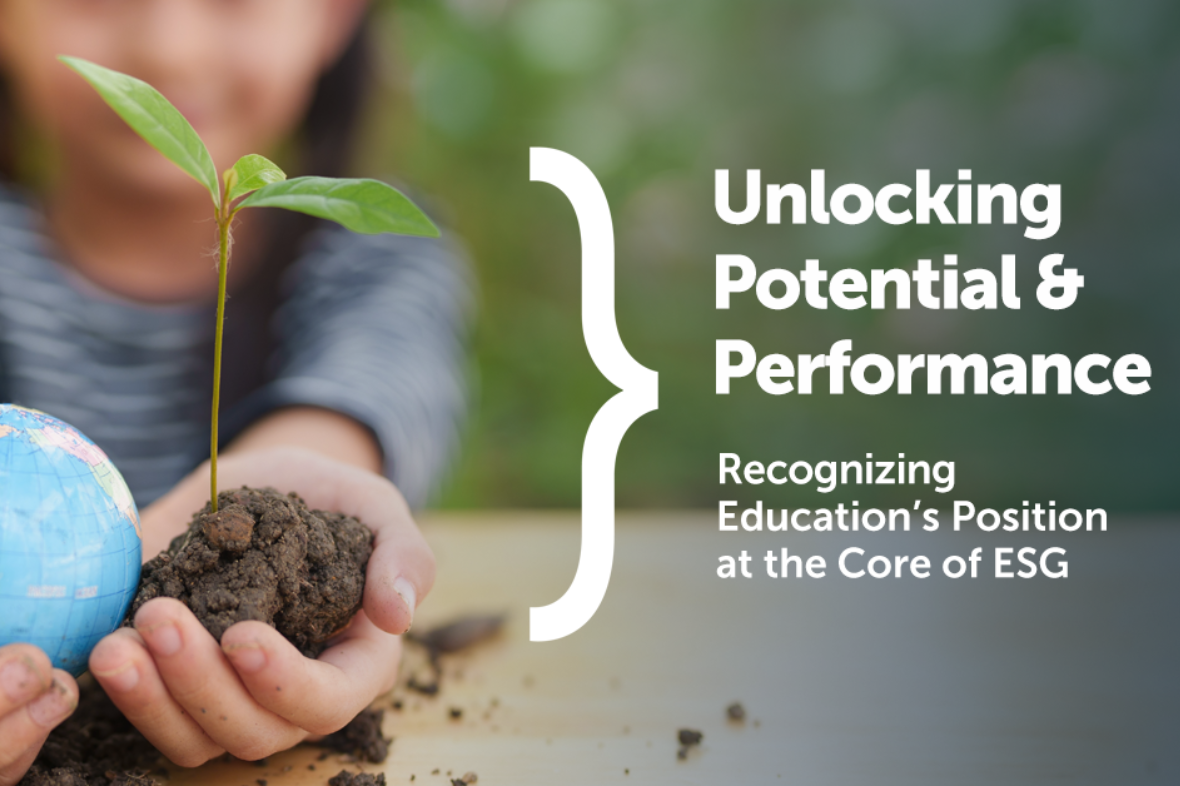
ESG and Education Diversity, Equity, and Inclusion (DEI)
Diversity, Equity, and Inclusion (DEI)
To compete and grow, companies must focus on inclusivity in their workforce. They should proactively work on developing a diverse workforce that addresses both minority and gender diversity and prepare to make their work environment, products, and services equitably accessible to all.
Businesses are expected to highlight their contribution, both inside and outside their organization, and report on their DEI efforts as part of their regular ESG reporting and disclosure. However, to promote more diverse workforces, boardrooms, and talent pipelines, younger generations first need to be given the opportunities and appropriate educational programs to gain the skills needed to participate in these positions.
Employees and job seekers, specifically millennials and Generation Z, are setting a high bar for employers.
Gender equality and women in leadership roles is another aspect of DEI. Currently, women represent less than 10% of positions as S&P500 CEOs, Fortune 500 CEOs, or heads of state. Disability inclusion can also drive business and ESG performance. According to the Centers for Disease Control and Prevention (CDC), 25% of adults in the U.S live with a cognitive, physical, or emotional disability. However, people with disabilities are underrepresented in the workforce, as their unemployment rate is twice that of people without disabilities. This is partly due to misconceptions and unconscious bias, lack of awareness, or managers who feel unprepared to accommodate employees with special needs.
Building a diverse and inclusive workforce starts with equity in education. By the time young people are ready to enter the workforce, the degree to which they were included in a quality education determines the likelihood they will be successful in a company.
Investing in the education of traditionally marginalized populations creates a greater pool of individuals with the skills and talents to contribute to a company’s mission and ensure that they can meet the requirements of the jobs companies need to fill. With more than half of the out-of-school population consisting of girls and young women, addressing girls’ education is another tool for developing a more gender-responsive workforce. Moreover, half of young people with disabilities are left out of school. But as companies support programs to include young people with disabilities in education and build pathways to inclusive employment, the impact on the business community is tremendous.
To effectively deliver meaningful DEI progress, companies need to develop educational opportunities for the most marginalized learners.
For example, girls’ education programs, mentorship, programs to prevent dropout for at-risk students, and apprenticeships for students with disabilities could directly address DEI in a meaningful way. Such investments will ensure that there is a diverse workforce capable of meeting the needs of employers in the future and will provide companies with additional evidence to help support their commitment to DEI that can be included in ESG reporting and disclosure.
Other materiality issues linked to education
Explore ESG and Education

